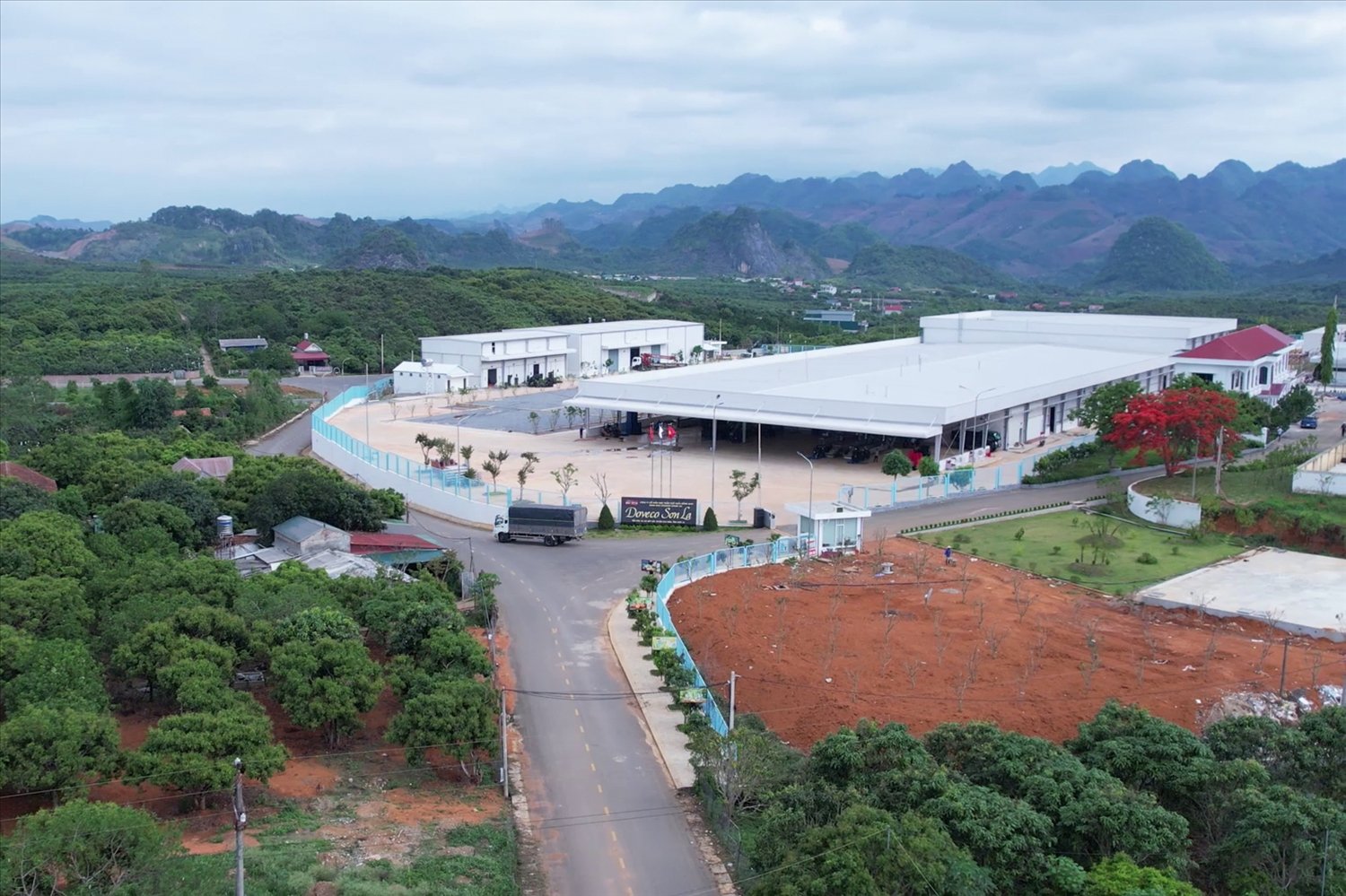
“Bottlenecks” for development
Ethnic minority and mountainous areas of our country have many potential advantages in terms of land and climate suitable for many crops and livestock of high economic value. With the implementation of programs and policies for socio-economic development in ethnic minority and mountainous areas, positive results have been achieved, contributing to improving people's lives; production in some localities has developed towards commodity production.
In particular, the National Target Program on Socio-Economic Development in Ethnic Minority and Mountainous Areas for the 2021-2030 Period (National Target Program 1719) has created a driving force to promote the development of farming areas suitable for each locality, becoming a spearhead in economic development, creating livelihoods for ethnic minorities.
Sub-project 2 - Project 3 of the National Target Program 1719 has a policy to support projects to develop production according to value chains suitable for each region; in which priority is given to building stable raw material areas, improving preliminary processing and processing capacity and developing markets.
At the same time, the policy contents of the National Target Program 1719 also strongly promote the development of the commercial market and bring products of ethnic minority and mountainous areas into distribution channels in the domestic market as well as for export.
Funding from the National Target Program 1719 is contributing to the localities in ethnic minority and mountainous areas towards achieving the goals in the Vietnam Forestry Development Strategy for the period 2021 - 2030, with a vision to 2050 according to Decision No. 523/QD-TTg dated April 1, 2021 of the Prime Minister .
Accordingly, the Strategy sets a target that by 2030, 80% of mountainous households and ethnic minorities living in forested areas will participate in commercial forestry production; by 2030, the average income of ethnic minorities will be half of the national average; and the poverty rate in ethnic minority areas will decrease by over 3.0% per year.
However, a long-standing difficulty in developing agricultural and forestry production according to the value chain in ethnic minority and mountainous areas is that processing activities have been quite sluggish; agricultural and forestry processing facilities are both lacking in quantity and weak in processing capacity.
As of 2019, the results of the survey on the socio-economic situation of 53 ethnic minorities showed that the entire ethnic minority and mountainous areas had 18,474 agricultural and forestry processing enterprises; of which there were 11,370 agricultural processing enterprises and 7,104 forestry processing enterprises.
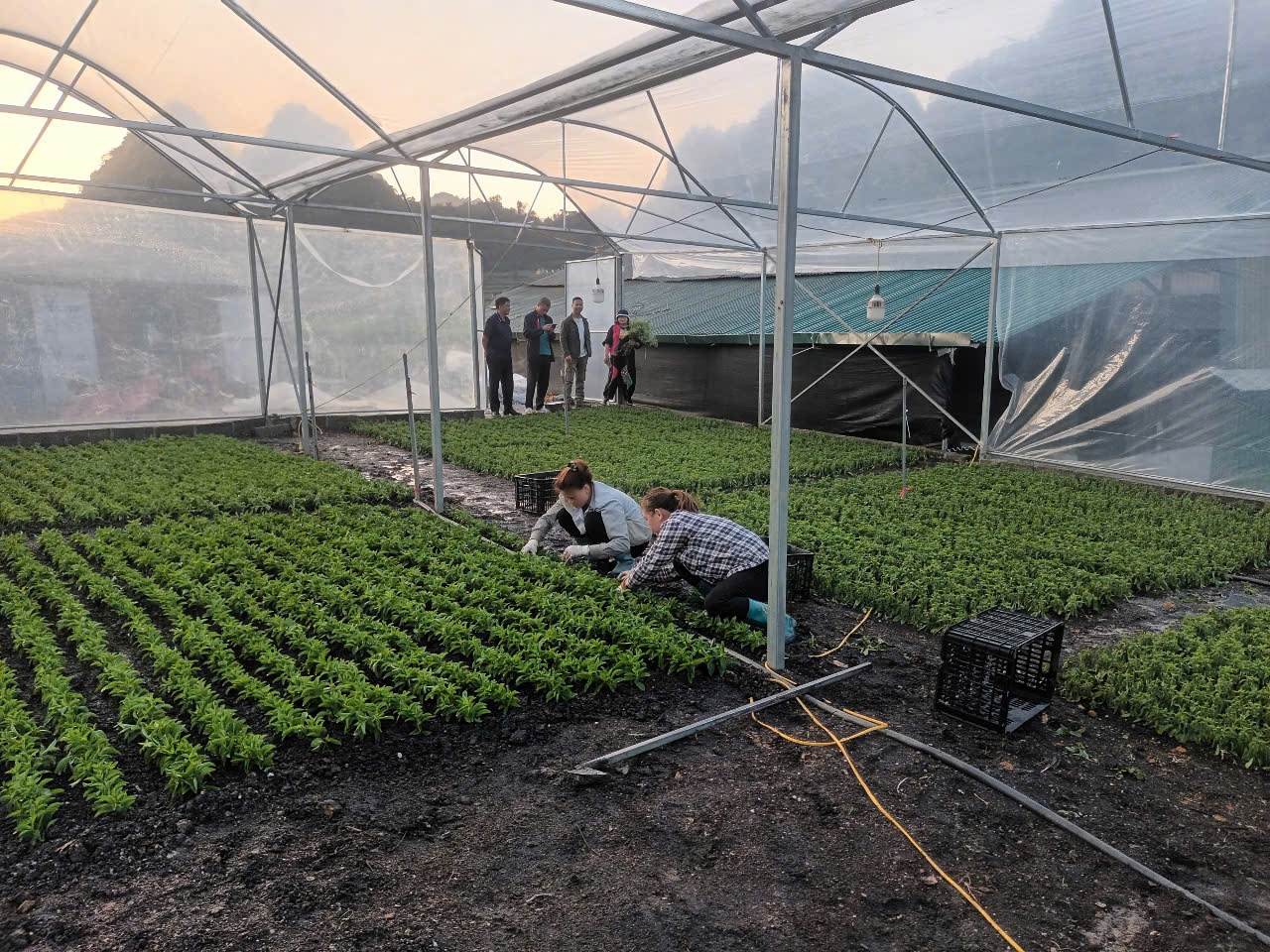
After 5 years, the current status of agricultural and forestry processing facilities in ethnic minority and mountainous areas has been collected in a survey conducted from July 1 to August 15; expected to be announced in July 2025.
However, it is forecasted that the number of agricultural and forestry processing facilities in this area will not increase much, still modest compared to the potential and advantages of the region as well as compared to the number of processing enterprises in the whole country.
Regarding agricultural processing facilities alone, the latest statistics from the Ministry of Agriculture and Rural Development show that by the end of 2023, the country will have about 13,000 facilities. In ethnic minority and mountainous areas, the results of the previous 5-year survey showed that the whole region only had 11,370 facilities. After 5 years, although the number may increase, it will certainly not be much because attracting investment in ethnic minority and mountainous areas is very difficult.
Need special mechanism
The above assessment is completely reasonable. At the 7th session of the 15th National Assembly (June 2024), when questioning Minister of Industry and Trade Nguyen Hong Dien, many National Assembly deputies (NA deputies) mentioned the difficulties and political problems in attracting businesses to invest in mountainous areas and ethnic minority areas.
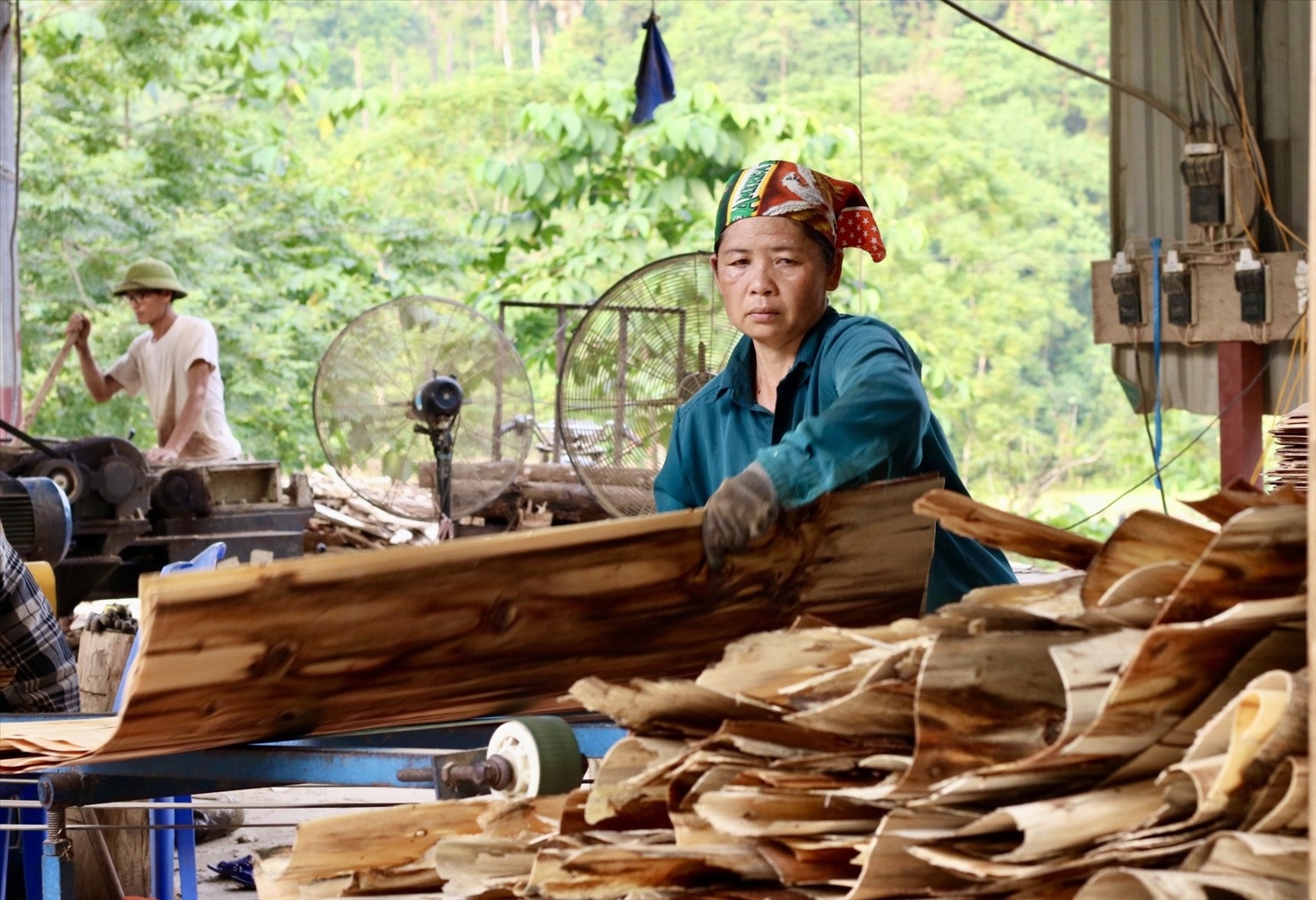
Delegate Ha Sy Huan (National Assembly Delegation of Bac Kan Province) - Director of the Department of Agriculture and Rural Development of Bac Kan Province said that the issuance of a policy applied to all localities nationwide has caused great difficulties for localities that do not have many advantages to attract businesses to participate in processing agricultural, forestry and fishery products, especially in mountainous provinces.
According to the General Statistics Office, in the first 10 months of 2024, the agriculture, forestry and fishery sector recorded 1.4 thousand newly established enterprises, accounting for only 1.0% of the total number of newly established enterprises nationwide and down 5.24% over the same period in 2023.
Delegate Huan suggested that the Minister of Industry and Trade should have solutions in the coming time to create conditions for localities to attract businesses willing to participate in processing agricultural, forestry and fishery products; develop agriculture and rural areas with more preferential policies.
According to Minister of Industry and Trade Nguyen Hong Dien, to attract businesses to remote areas, there must be raw material areas.
To have raw material areas, local authorities must plan planting and farming areas; apply new technology in all stages of the production process; ensure green - clean - quality products; produce and supply the market with what the market needs, not what they have.
In addition, the head of the Industry and Trade sector also affirmed that we have issued many policies, these policies are related to many sectors; some mechanisms are still overlapping and entangled.
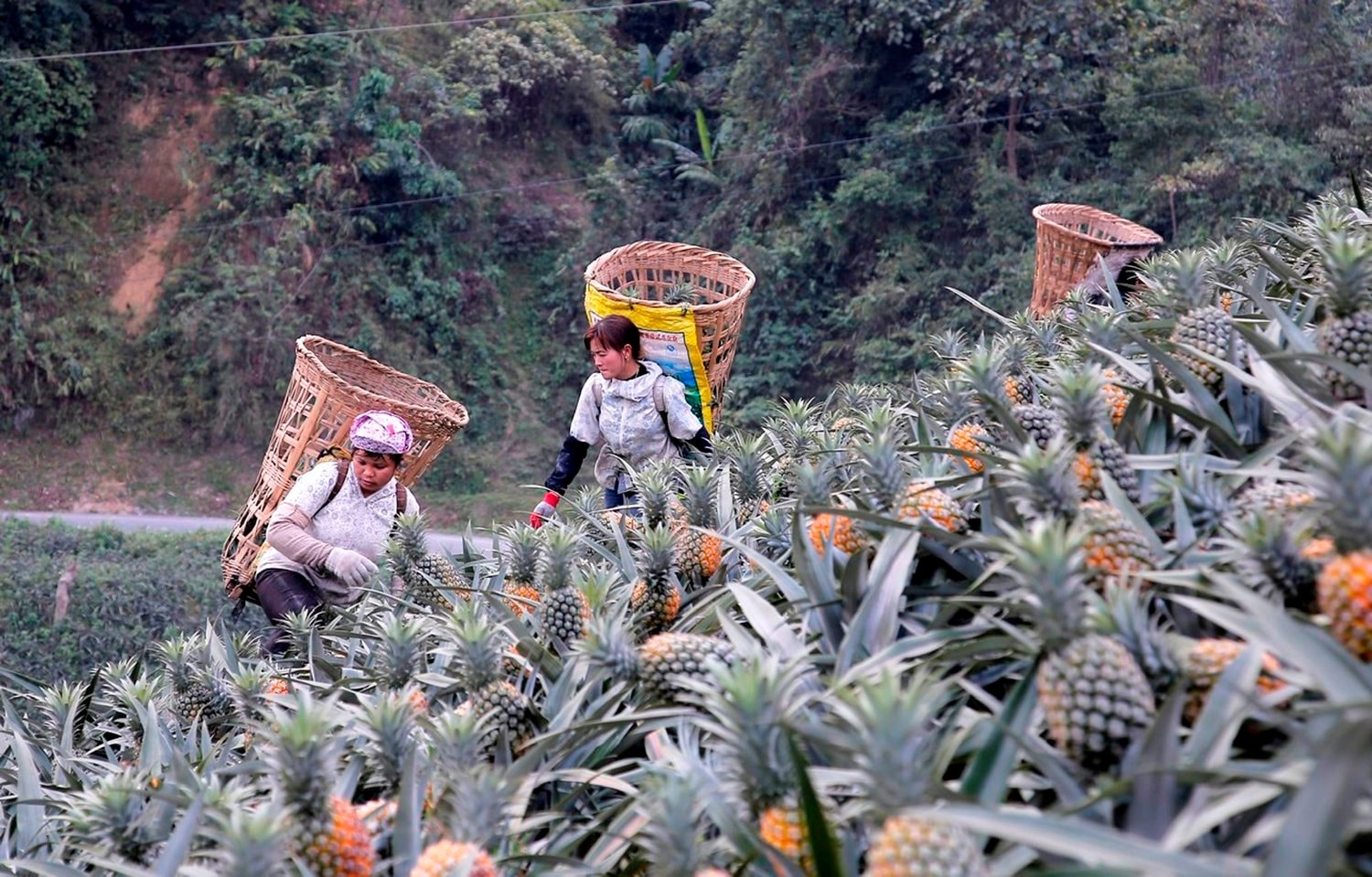
Therefore, in order for the mechanism and policy to be truly effective, in the coming time, it is necessary to review current legal regulations. The sector responsible for each sector must review and advise competent authorities.
The current situation of agricultural and forestry processing enterprises in ethnic minority and mountainous areas from the fourth socio-economic information survey of 53 ethnic minorities, which will be announced soon, will reflect many aspects of the concerns of National Assembly deputies; as well as of local authorities. From there, relevant ministries, branches and localities will advise and develop specific policies to attract enterprises to invest in the field of agricultural and forestry processing in ethnic minority and mountainous areas.
According to the General Statistics Office, in the first 10 months of 2024, economic regions with a large number of ethnic minorities had an increase in the number of newly registered enterprises compared to the same period in 2023. Of which, the Northern Midlands and Mountains region had nearly 7,000 enterprises, an increase of 5.3%; the North Central and Central Coast regions had more than 15,600 enterprises, an increase of 0.6%; the Central Highlands region had more than 3,400 enterprises, an increase of 2.0%; the Mekong Delta region had more than 10,500 enterprises, a sharp increase of 10.1%.
Identifying the socio-economic situation according to the commune survey: Upgrading rural commercial infrastructure (Part 4)


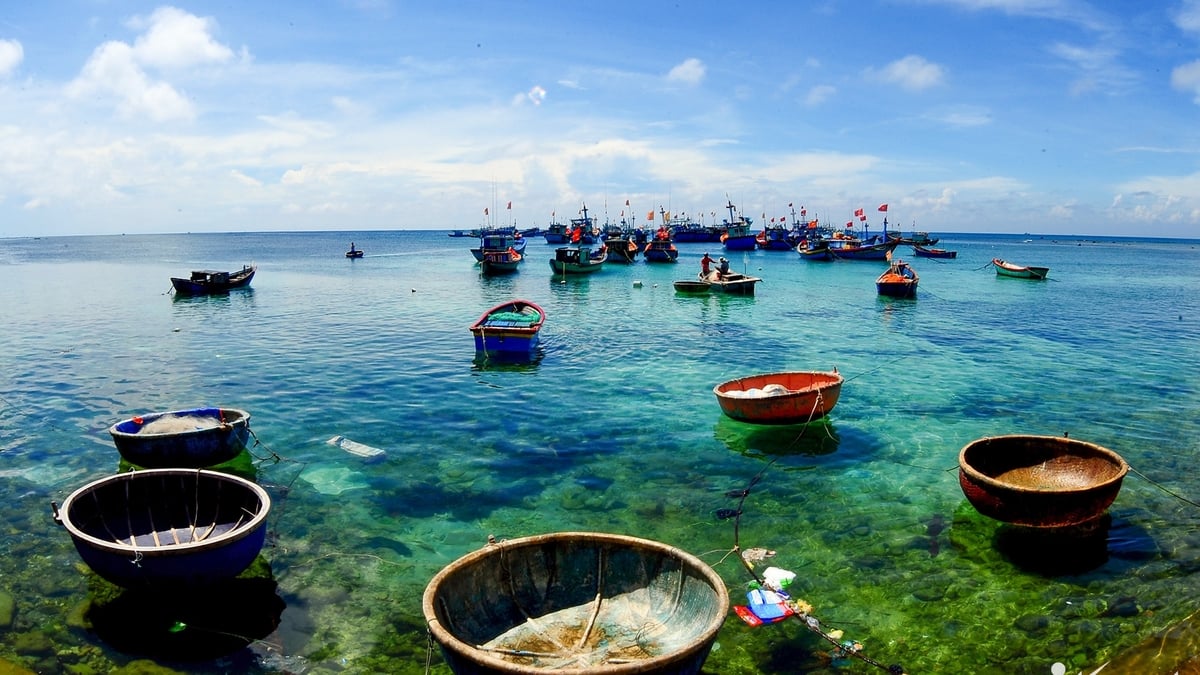
![[Photo] Special flag-raising ceremony to celebrate the 135th birthday of President Ho Chi Minh](https://vphoto.vietnam.vn/thumb/1200x675/vietnam/resource/IMAGE/2025/5/19/1c5ec80249cc4ef3a5226e366e7e58f1)
![[Photo] Party and State leaders visit President Ho Chi Minh's Mausoleum](https://vphoto.vietnam.vn/thumb/1200x675/vietnam/resource/IMAGE/2025/5/19/d7e02f242af84752902b22a7208674ac)

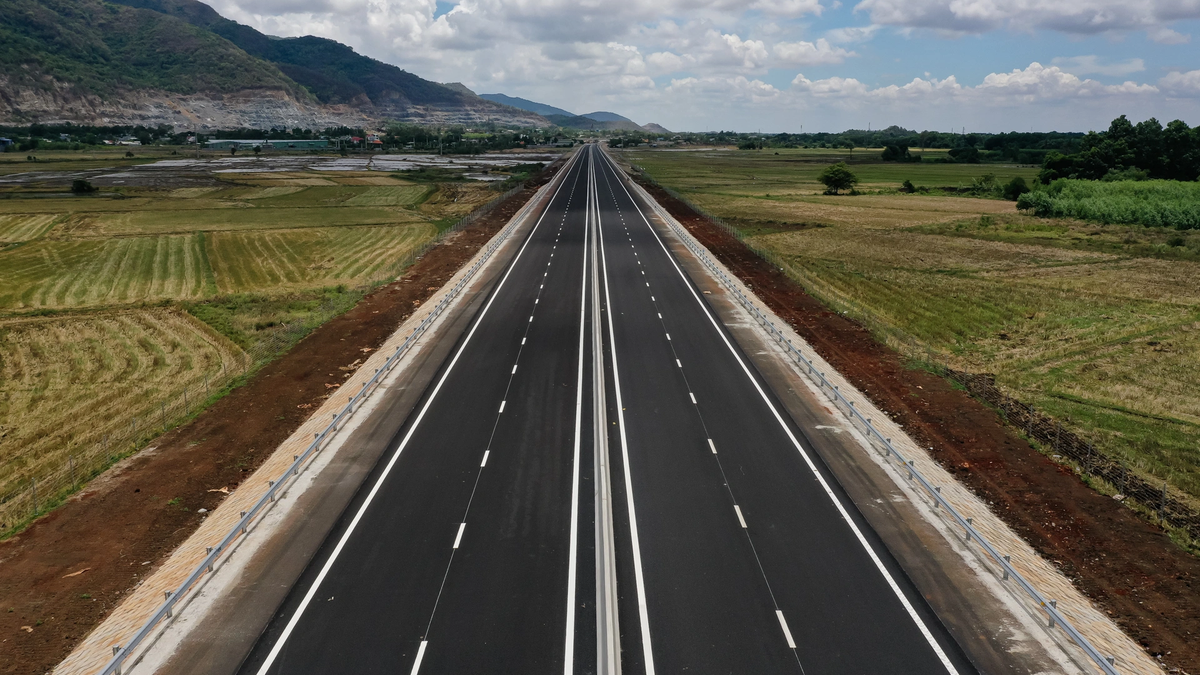
![[Photo] Party and State leaders attend the special art program "You are Ho Chi Minh"](https://vphoto.vietnam.vn/thumb/1200x675/vietnam/resource/IMAGE/2025/5/18/6895913f94fd4c51aa4564ab14c3f250)
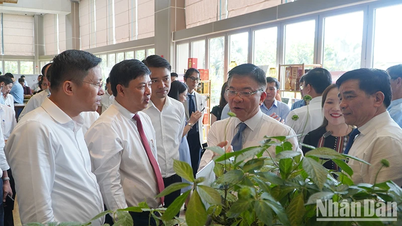



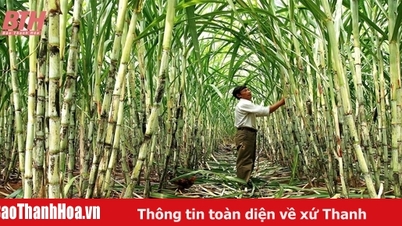



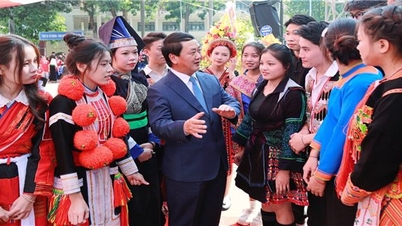

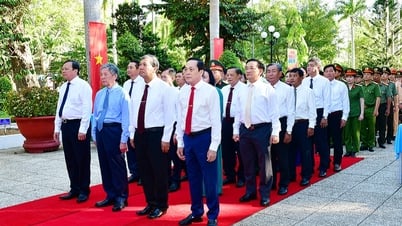
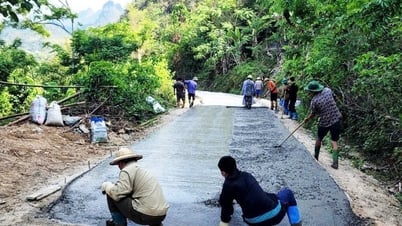


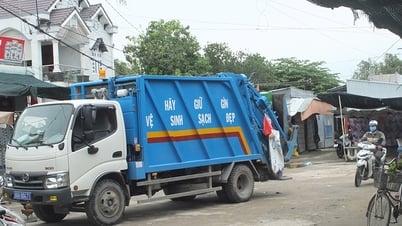

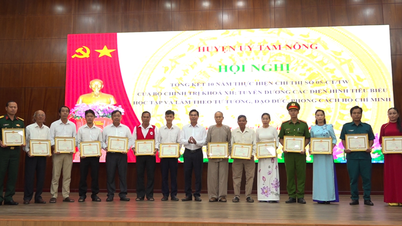







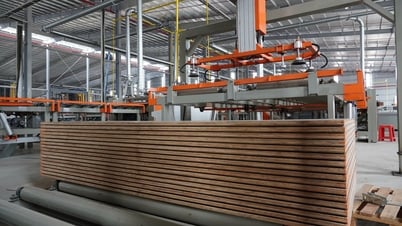

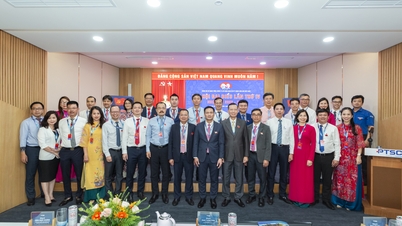




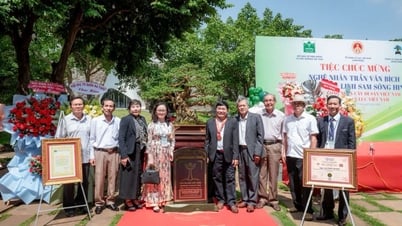












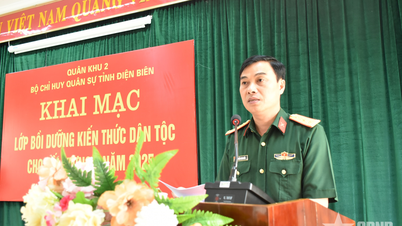
























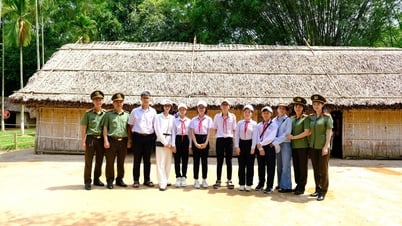

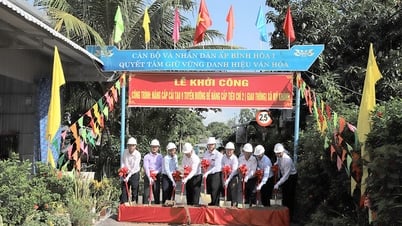



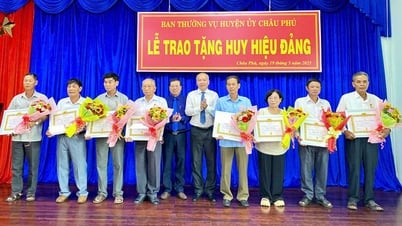
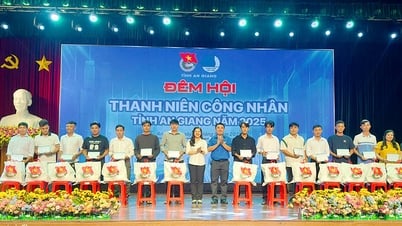
![[VIDEO] - Enhancing the value of Quang Nam OCOP products through trade connections](https://vphoto.vietnam.vn/thumb/402x226/vietnam/resource/IMAGE/2025/5/17/5be5b5fff1f14914986fad159097a677)





Comment (0)